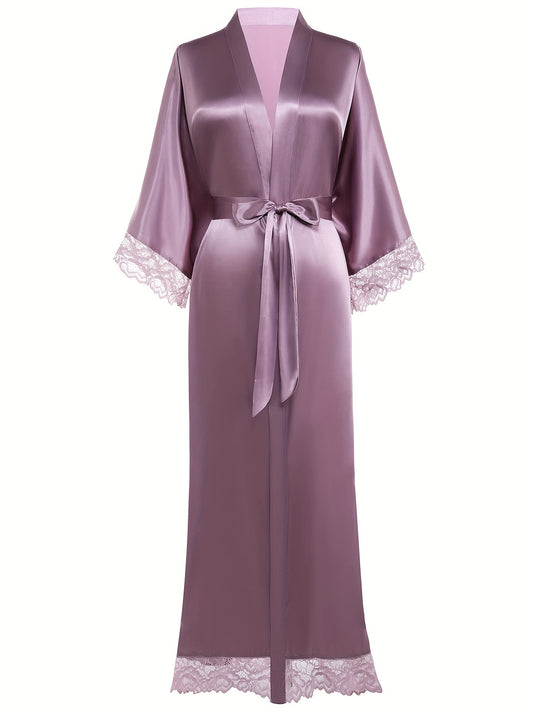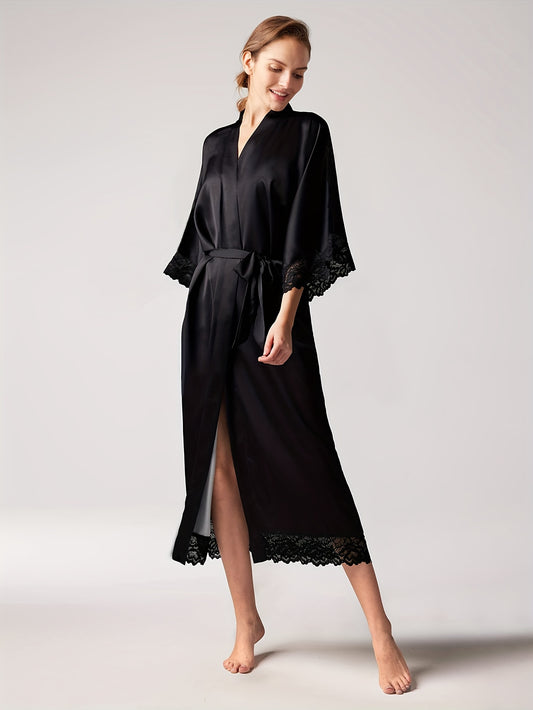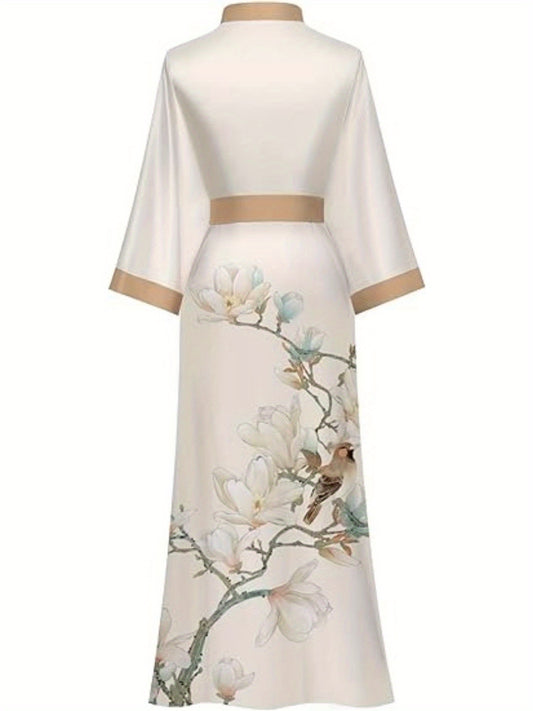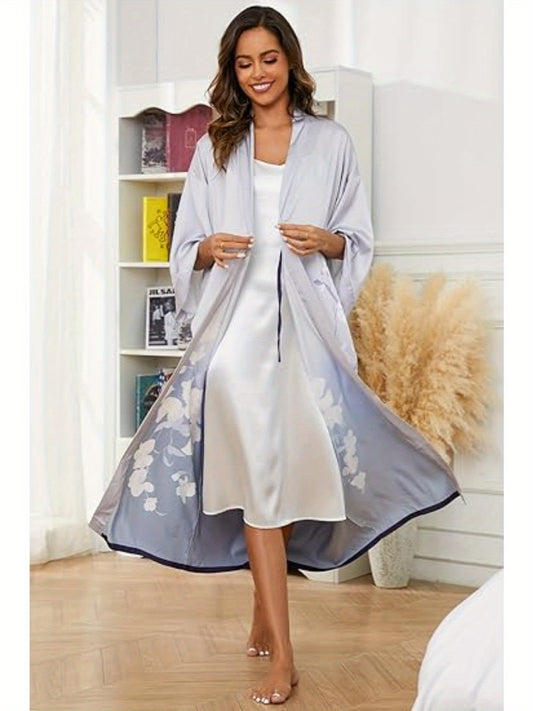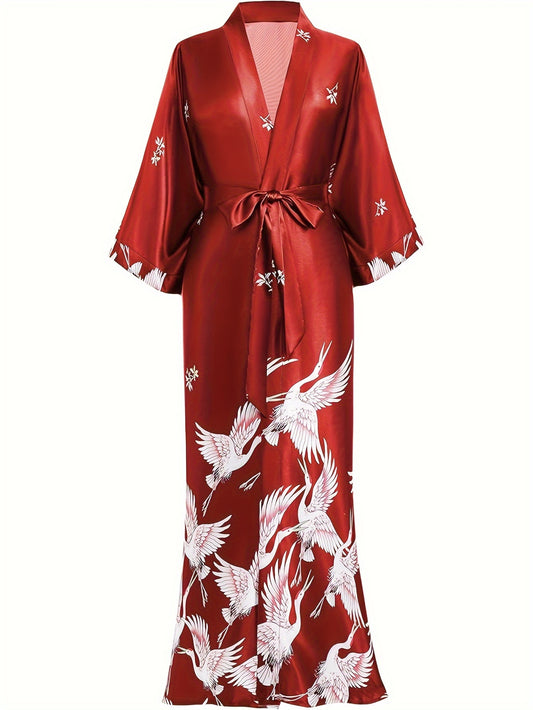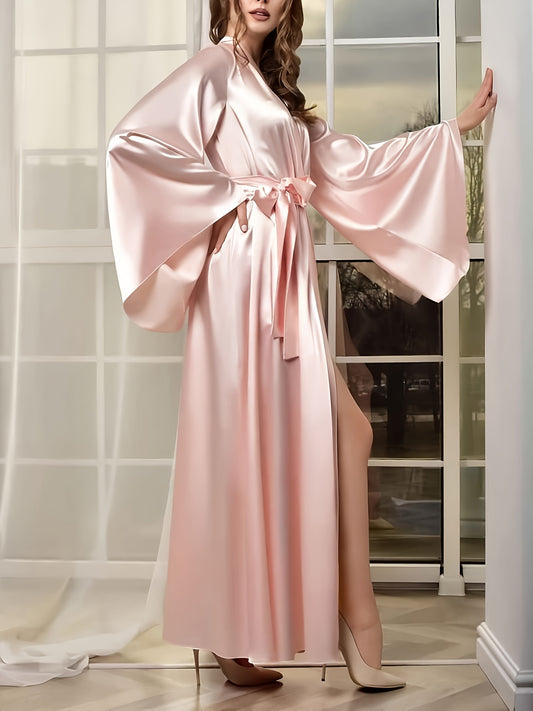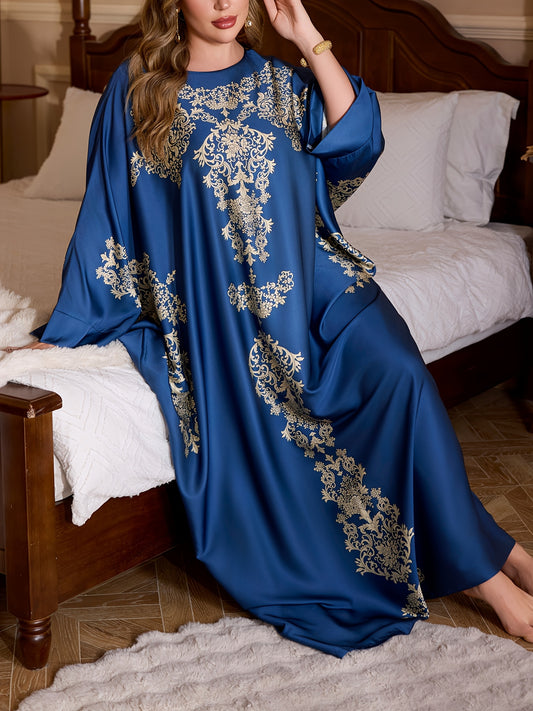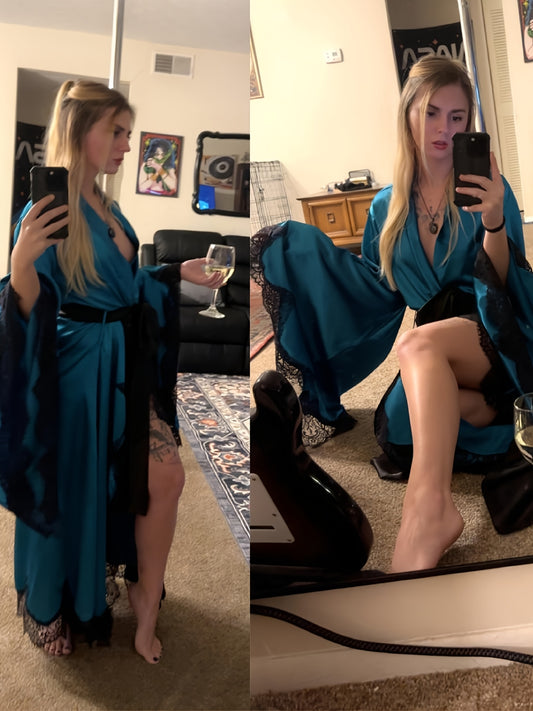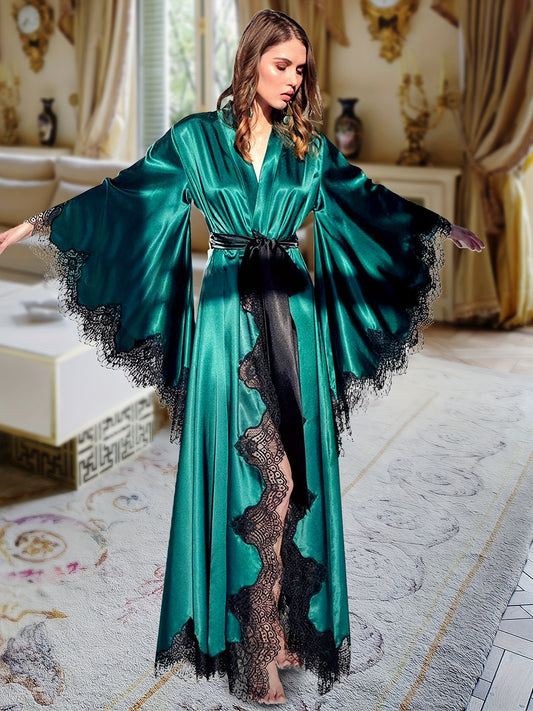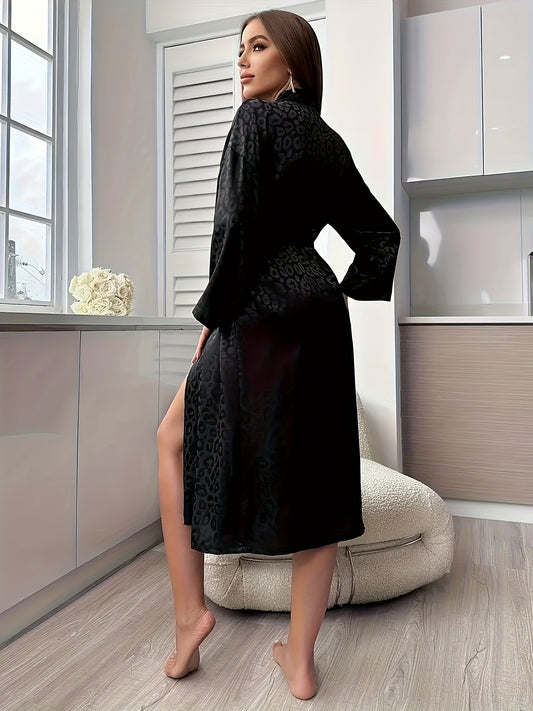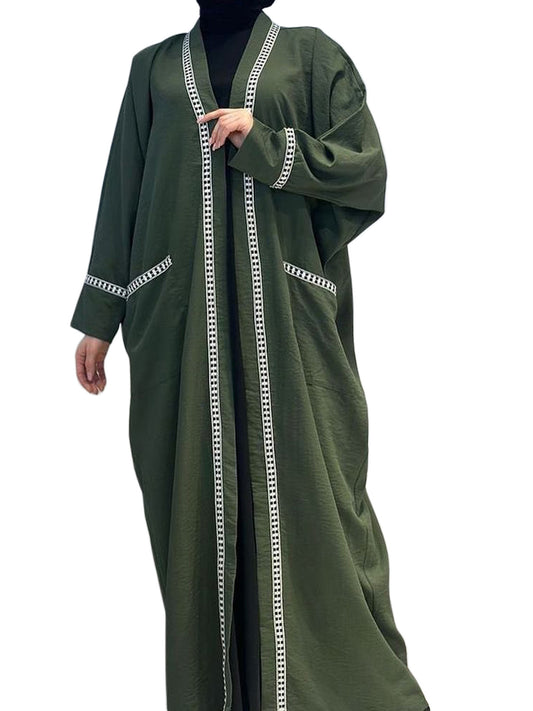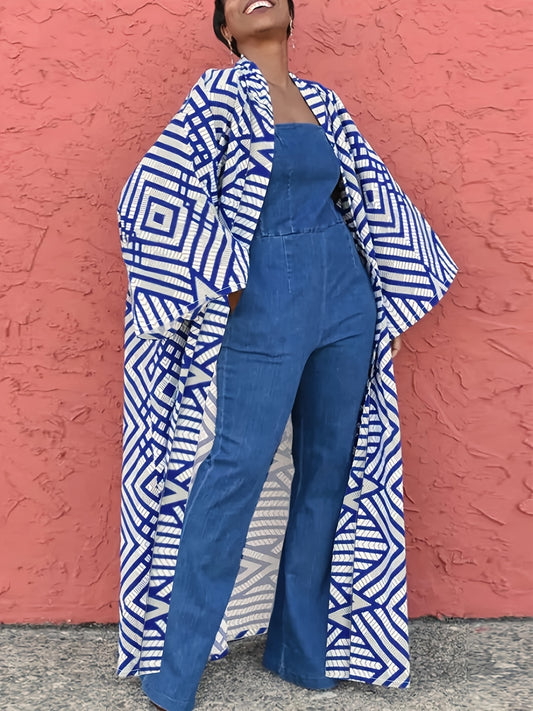About Carsaf
The Timeless Grace Of Carsaf
The carsaf is one of the most enduring garments in the history of modest fashion. Rooted in cultural and religious traditions, this flowing outer garment embodies dignity, spirituality, and elegance. It has stood the test of centuries, continually evolving while retaining its essential identity as a symbol of modesty and refined beauty.
From Ottoman Turkey to contemporary fashion runways, the carsaf reflects both heritage and adaptability. Traditionally, it was a full-length garment worn by women to ensure coverage in public. Today, its designs range from minimalist cotton versions for daily wear to embroidered silk variations for special occasions. Its strength lies in versatility—it can be practical, spiritual, ceremonial, or fashionable, depending on context.
Far more than just a piece of clothing, the carsaf is a garment steeped in meaning. It represents cultural continuity, spiritual devotion, and feminine elegance, while also adapting to the dynamic needs of modern lifestyles.
Historical Roots Of Carsaf
The origins of the carsaf stretch back centuries, with its earliest widespread use seen in the Ottoman Empire. Women across Anatolia, Istanbul, and surrounding regions wore long garments that provided full coverage when outside their homes. The carsaf symbolized both modesty and social respectability.
-
Ottoman Period: Carsaf garments were often plain in design, typically dark-colored, and paired with veils or scarves. They reflected Islamic values of modesty and the Ottoman preference for elegance and simplicity.
-
Middle Eastern Influence: In regions such as Syria, Lebanon, and Palestine, the carsaf resembled abayas or jilbabs, adapted with lighter fabrics suited to hotter climates.
-
South Asia: While the burqa became more common, carsaf-like garments appeared in certain communities, reflecting a shared emphasis on modesty.
Historical records and art from the Ottoman era depict carsafs as flowing garments with soft silhouettes. They symbolized not only fashion but also cultural belonging.
Cultural Symbolism Of Carsaf
Throughout its history, the carsaf has carried layers of cultural symbolism:
-
Modesty And Privacy: Carsaf ensures the wearer remains modest and dignified in public settings.
-
Spiritual Identity: It serves as a visible expression of faith and devotion.
-
Respectability: Historically, wearing carsaf communicated social standing and adherence to tradition.
-
Elegance And Femininity: Despite its modesty, the flowing fabric conveys grace and refinement.
Unlike garments that follow temporary fashion cycles, carsaf remains timeless because its symbolism is deeply tied to values rather than trends.
Materials And Fabrics In Carsaf
The choice of fabric plays a critical role in the comfort, elegance, and practicality of carsaf garments. Over centuries, fabric selection has reflected climate, purpose, and status.
-
Cotton: Breathable, soft, and perfect for daily wear, particularly in warm climates.
-
Silk: Luxurious and smooth, often chosen for weddings, formal events, or religious celebrations.
-
Polyester Blends: Durable, affordable, and wrinkle-resistant, making them practical for travel.
-
Linen: Crisp and lightweight, favored during hot summers.
-
Wool Blends: Heavier versions for colder regions.
Modern designers have embraced sustainable fabrics such as organic cotton and recycled fibers, ensuring that carsaf remains relevant in the era of conscious fashion.
Carsaf In Everyday Life
The carsaf is highly adaptable and serves many roles in daily life:
-
Religious Use: Worn during mosque visits, religious festivals, and spiritual gatherings.
-
Ceremonial Wear: Embellished versions with embroidery or beadwork are worn during weddings and formal occasions.
-
Daily Wear: Cotton or polyester carsafs remain popular among women who prioritize modesty in daily life.
-
Travel: Lightweight carsafs provide coverage and comfort during long journeys.
Its continued popularity is rooted in its ability to serve both practical and symbolic purposes.
Regional Variations Of Carsaf
Though unified by modesty and flow, carsaf designs differ regionally:
-
Turkey: Typically black or dark-colored with minimal embellishment, reflecting Ottoman simplicity.
-
Middle East: Often overlaps with abaya design, offering elegance with clean cuts.
-
Levant: Made with lighter fabrics suited for warm Mediterranean climates.
-
South Asia: Sometimes integrated into burqa-like designs with added veiling.
-
North Africa: Incorporates bright colors and patterns, reflecting local cultural influences.
These variations highlight the carsaf’s adaptability across cultures while maintaining its essential character.
Carsaf As A Modern Fashion Statement
The rise of modest fashion has brought renewed global attention to the carsaf. Once regarded as purely traditional, it has now been embraced by designers as a versatile fashion item. Embroidery, lacework, tailored cuts, and modern color palettes have transformed the carsaf into an outfit that balances modesty with individuality.
Younger women in particular embrace carsafs that allow them to express cultural pride while also aligning with global fashion sensibilities. Influencers on social media showcase how carsafs can be paired with belts, handbags, or jewelry, creating looks that are modest yet stylish.
Carsaf And Global Modest Fashion
Modest fashion is now a multi-billion-dollar global industry, with fashion weeks in Dubai, London, and Jakarta highlighting modest wear. Carsaf plays a central role in this movement, appearing alongside abayas, kaftans, and hijabs on international runways.
This shift demonstrates how traditional garments can find new life as global style icons. Carsaf is no longer confined to its regional roots—it is celebrated worldwide as a garment that embodies inclusivity and elegance.
Symbolism In Modern Context
Today, carsaf carries multiple meanings:
-
Empowerment: Women choose carsaf as a statement of personal modesty and identity.
-
Cultural Connection: It connects wearers to their roots while adapting to modern contexts.
-
Elegance: The silhouette communicates grace and refinement.
-
Inclusivity: Appreciated by women of diverse backgrounds in the global modest fashion community.
Thus, carsaf continues to resonate across generations.
Practical Benefits Of Carsaf
The carsaf remains a practical garment even in modern times:
-
Ease Of Wear: Loose design ensures comfort.
-
Seasonal Adaptability: Fabrics can be chosen for hot or cold climates.
-
Multi-Occasion Use: Suitable for both daily and ceremonial contexts.
-
Timelessness: Unlike fashion cycles, it never goes out of relevance.
-
Cultural Authenticity: Reflects values of dignity and tradition.
Its continued adoption globally demonstrates its practicality and symbolic power.
The Psychology Of Carsaf
Fashion psychology highlights that clothing influences perception and self-confidence. For many women, wearing carsaf offers:
-
A sense of security in public spaces.
-
A feeling of cultural pride.
-
Confidence through modesty and elegance.
-
Inner peace by aligning outward appearance with personal values.
Thus, the carsaf serves both external and internal purposes, reinforcing identity and belonging.
Maintenance And Care
Caring for carsaf garments is essential to preserve their elegance:
-
Washing: Gentle handwashing or delicate cycles protect fabrics.
-
Ironing: Low heat maintains fabric integrity.
-
Storage: Hanging prevents creasing.
-
Special Care: Embellished carsafs require protective garment bags.
Good care ensures that carsafs remain both durable and dignified.
Carsaf Buyer’s Guide
Key considerations when buying a carsaf:
-
Purpose: Choose plain cotton versions for daily wear and silk for special occasions.
-
Fit: Opt for flowing cuts for modesty or tailored designs for elegance.
-
Fabric: Match fabric to climate and usage.
-
Design: Plain for simplicity, embroidered for luxury.
-
Color: Black is timeless, but neutrals and pastels offer modern alternatives.
A thoughtful choice ensures satisfaction for both style and function.
Carsaf In Contemporary Interiors And Hospitality
Interestingly, carsaf-inspired fabrics are also finding uses in interiors and hospitality design. The flowing, lightweight materials used for carsafs inspire curtain designs, upholstery, and even ceremonial drapery in cultural settings. Hotels and cultural centers often adapt carsaf-like designs to highlight modesty and elegance in their spaces.
The Role Of Fabulive
Fabulive’s carsaf collection merges timeless tradition with modern design. Each piece is crafted with attention to fabric quality, comfort, and elegance. By offering versatile carsafs suited for daily use, travel, and formal events, Fabulive empowers women worldwide to embrace modest fashion with dignity. Its emphasis on sustainable and ethical production ensures that the carsaf remains not only a garment of elegance but also one of responsibility.
The Future Of Carsaf
Carsaf is poised to remain a central piece of modest fashion, with innovations focusing on:
-
Sustainable Fabrics: Organic cotton, bamboo, and recycled fibers.
-
Customization: Personalized embroidery and monogramming.
-
Fusion Designs: Incorporating Western tailoring with Eastern modesty.
-
Global Fashion Shows: Greater visibility in international runways.
As inclusivity continues to shape global fashion, carsaf’s role will expand even further.
Conclusion
The carsaf is more than clothing—it is a legacy of culture, modesty, and elegance. From its Ottoman origins to its place in global fashion today, the carsaf reflects continuity, adaptability, and grace. It is timeless because it carries meaning beyond aesthetics.
With collections from Fabulive, women around the world can experience carsafs that honor heritage while embracing modern sophistication. These garments remain both practical and symbolic, ensuring that the carsaf continues to inspire generations.
Customer Reviews
-
Sophia Miller, USA: Elegant design and breathable fabric—perfect for daily wear. ⭐⭐⭐⭐⭐
-
Amira Al-Mutairi, UAE: The carsaf feels traditional yet modern. Beautifully crafted. ⭐⭐⭐⭐
-
James Parker, UK: Bought this for my wife—she loves its flow and comfort. ⭐⭐⭐⭐⭐
-
Elena Rossi, Italy: A garment that connects culture with fashion. I adore it. ⭐⭐⭐⭐
-
Hannah Green, Canada: Lightweight and perfect for travel. Stylish and modest. ⭐⭐⭐⭐⭐
-
Olivia Brown, Australia: Works beautifully in warm climates. Very comfortable. ⭐⭐⭐⭐
-
Fatima Al-Harthy, Oman: Graceful and traditional. It makes me feel dignified. ⭐⭐⭐⭐⭐
-
Isabelle Dubois, France: Elegant, simple, and chic. It fits into my modern wardrobe. ⭐⭐⭐⭐
-
Ayesha Khan, Qatar: Versatile enough for both daily use and special events. ⭐⭐⭐⭐⭐
-
Michael Fischer, Germany: Purchased for my sister—she finds it modest and elegant. ⭐⭐⭐⭐

